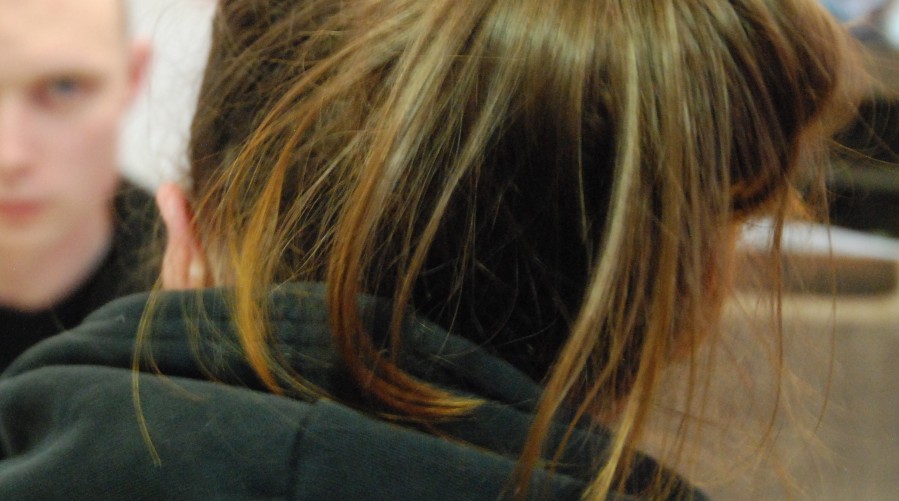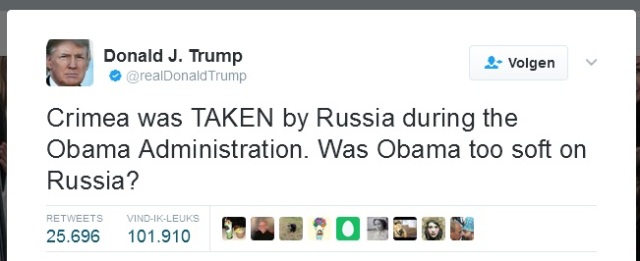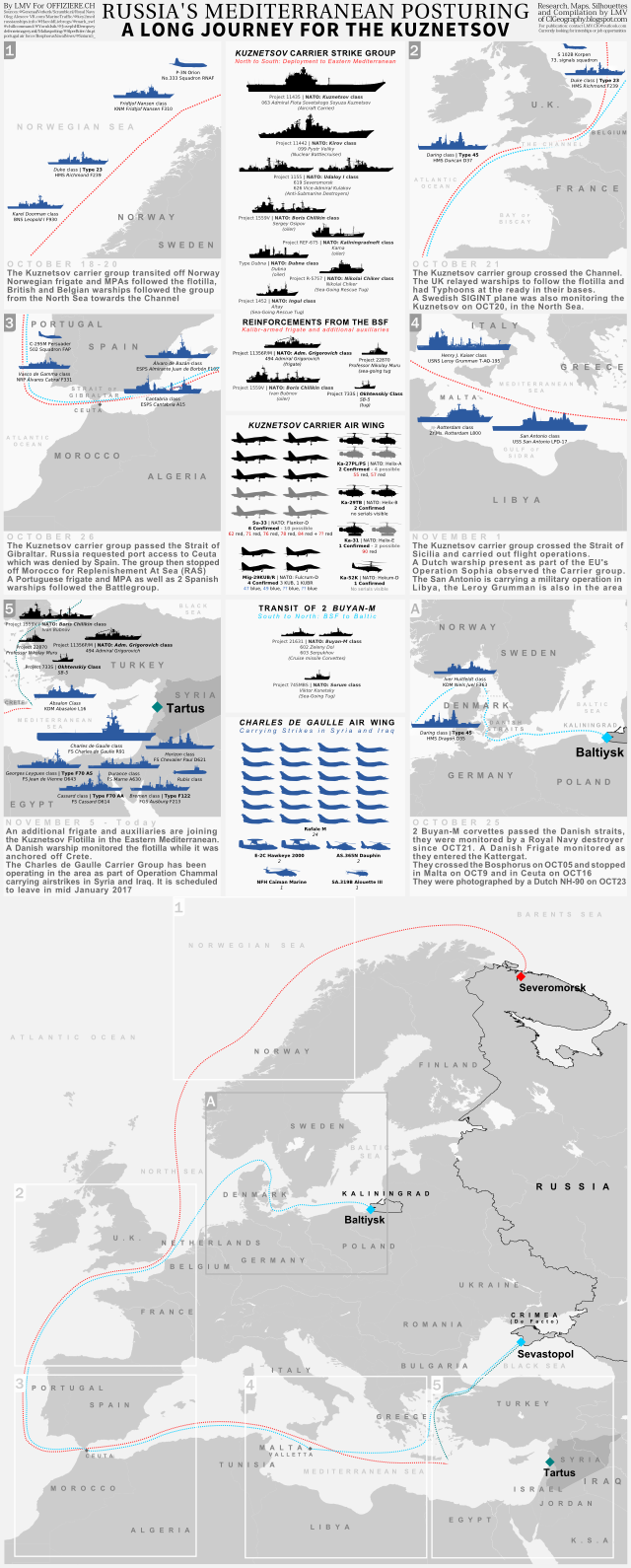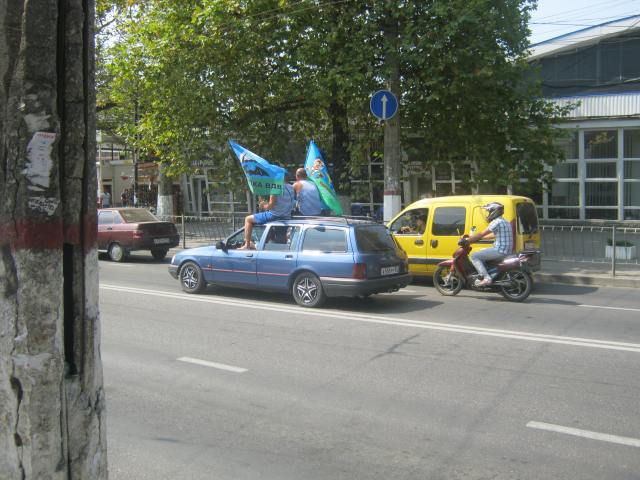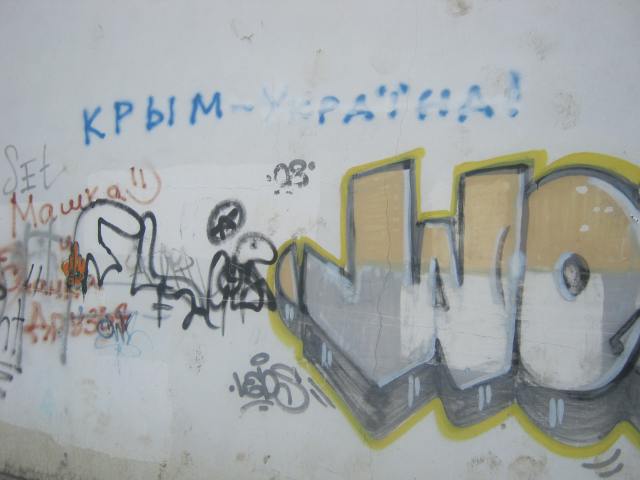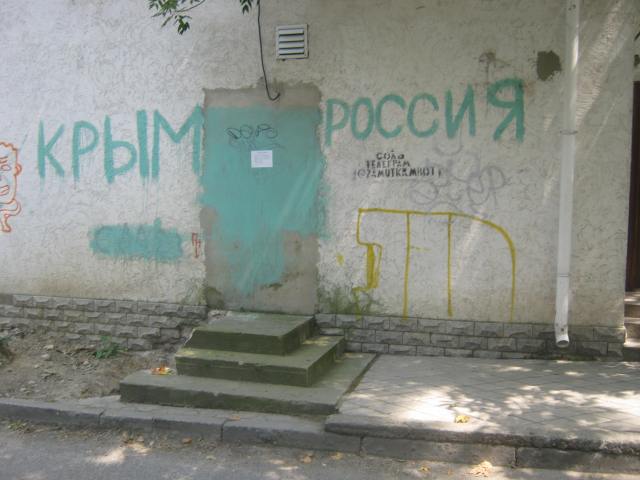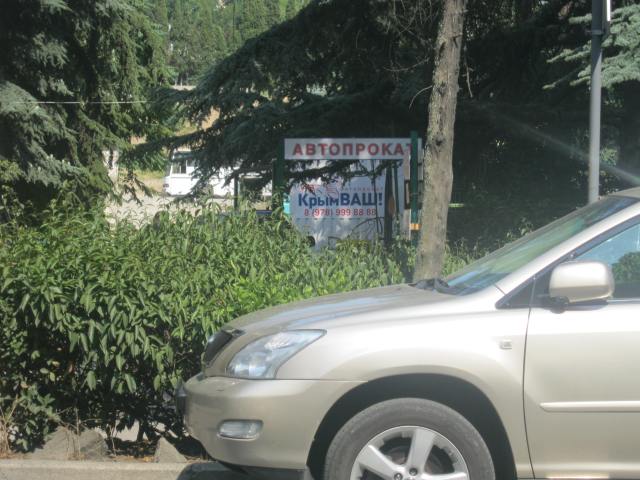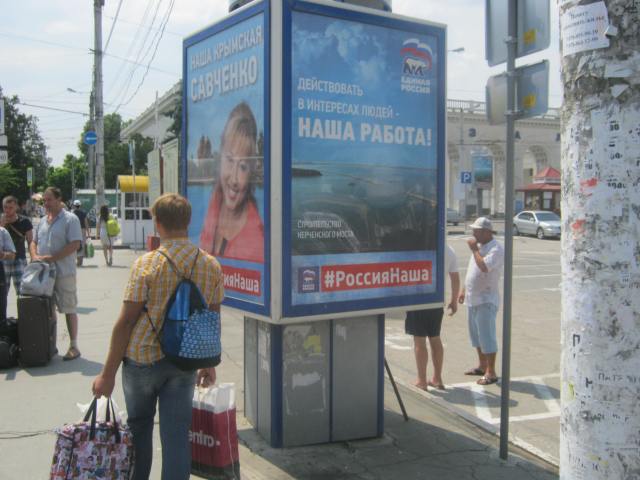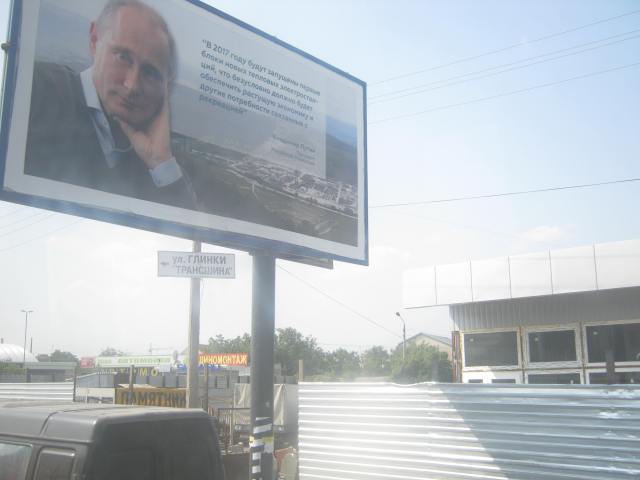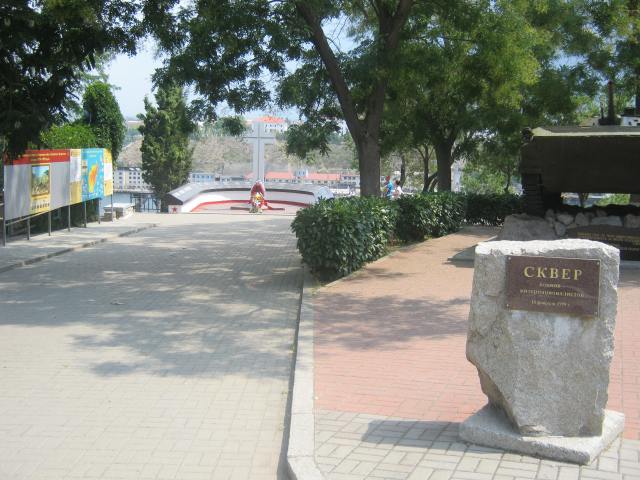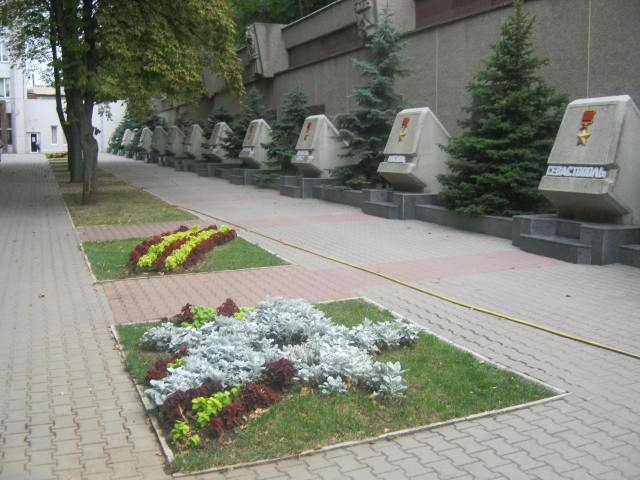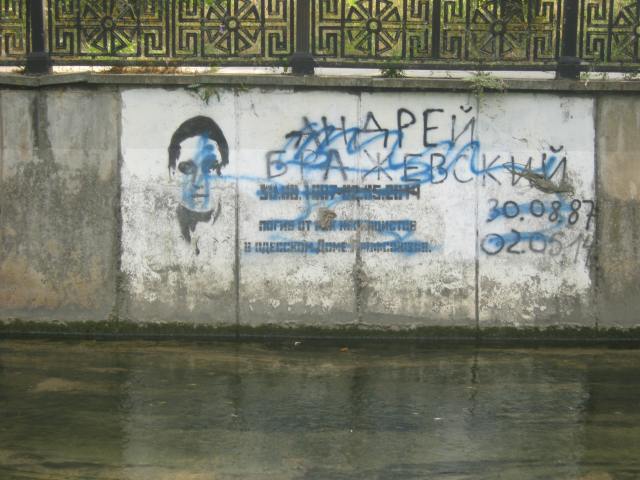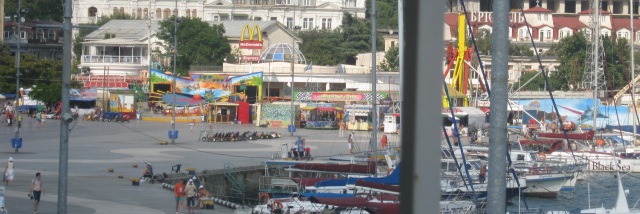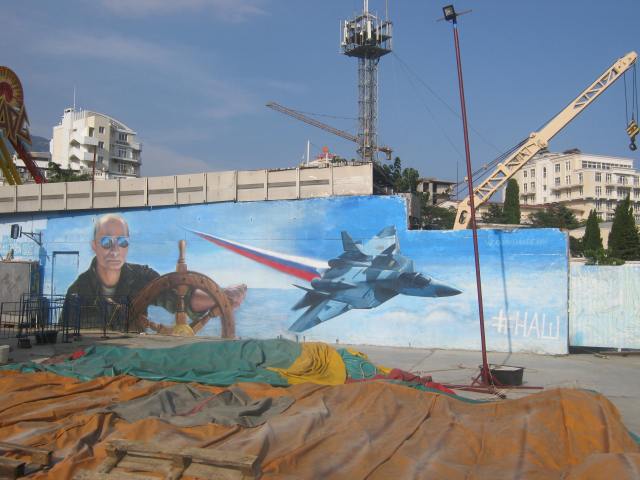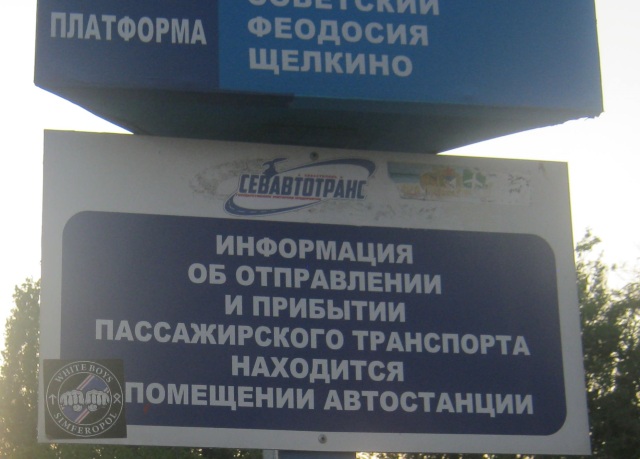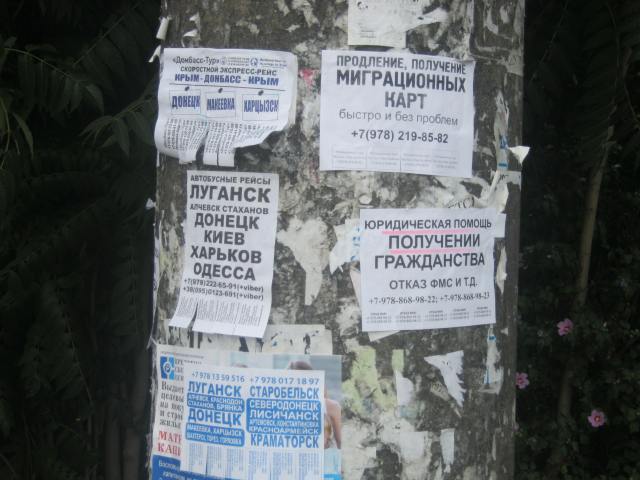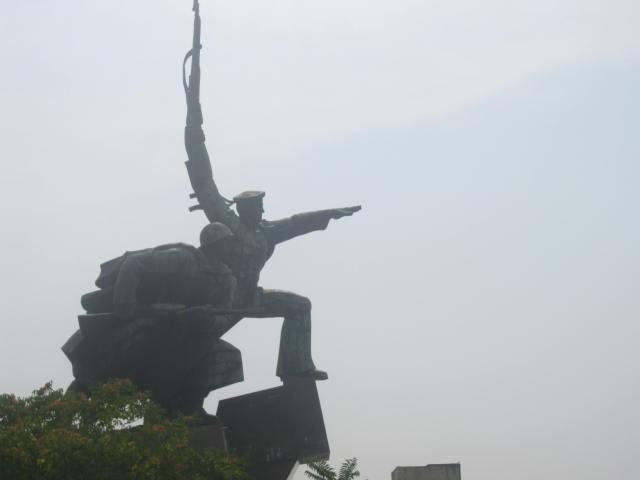With the sound of a coffee machine at the background, we started our first interview with a local journalist, working in here since the start of the conflict. After the usual introductionairy questions we asked her the obvious question about freedom of press in the Donetsk People’s Republic: why don’t you dare to show your face on camera?
NL: http://blikopnosjournaal.blogspot.nl/2017/05/persvrijheid-donbass-deel-3.html
The airplane’s delay gave us only ten minutes to spare to get into our train, we found a replacement for the coach we would be traveling in when we arrived in Rostov. Everything went just fine until now, the most essential part of the trip: the border crossing with the DNR. Despite all the positive experiences with Russia the last year, the Russian stereotype of security officials saying “NJET!” was very much alive. The atmosphere was tense, would this be the moment that all the hard work of the last four months of preparation would prove in vain? The guard looked and he joked to his colleague: “Look they are worried! Better rattle your handcuffs.” – The joke broke the ice. Strange how relaxing that sound could be while waiting at a Russian border post. We were unaware how much trouble we were getting ourselves into at that very moment. Yet, just as much, we did not fully realize how much trouble we were being saved.
In 2015, a group of independent American and Lebanese journalists, would arrive in Donetsk. They were behind schedule, and such, were only left with three days to make their reports from Donetsk. A local journalist, Helga Green, met them. She recalls the meeting: “They travelled through Ukraine. First they came to Kiev.” And talking about their journey into Donbass: “They told me that, when they revealed their interest in visiting rebellious territories, they met with deep resentment on the part of the Ukrainian authorities.” The delay being caused by the subsequent ‘good deal of red tape and hindrances’ left them short on time. She adds “That is why most reporters come via Rostov.”
The story which surprised me most was that of Oxana Chelysheva, a journalist that has been living in exile fearing to return to her home country Russia. Not being able to travel via Russia, she had to take the Ukraine-route. If anything, I have would expected a Russian dissident to be gladly given passage by a country which so much struggles against ‘Russian aggression’, yet ironically, she writes: “While I could have been in Donetsk, all westerners went to Donetsk via the Russian Federation.”
Such stories played a large role in deciding to take the more expensive, more complicated, and longer route via Moscow, Rostov and finally Donetsk.* Yet, the route via the Russian-steppe, was met with much resent from people with strong mistrust in Russia and some western journalists alike. The former were sure to point out, rather fanatically, that by traveling to ‘Ukraine’s occupied territories’ via Russia, we were in fact violating the law. The above-mentioned journalists in turn looked at the route with much suspicion. Why travel via Russia, when you could travel via Ukraine? Indeed, even months after returning to the Netherlands, a major Dutch newspaper would still write about our chosen route with distrust: “Instead of traveling to rebel held area via Ukraine, like almost all journalists do, the two would choose a route via Russia.” (1)
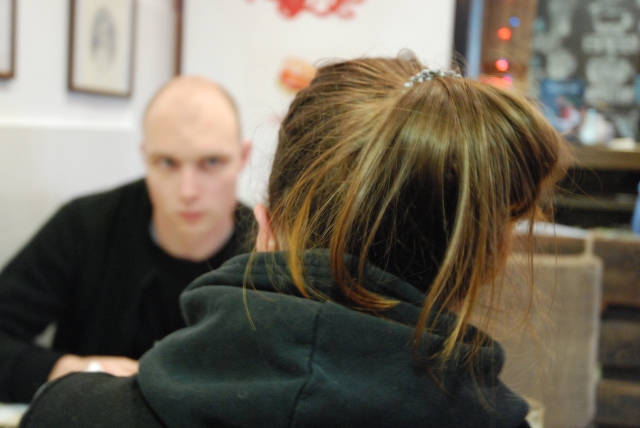
Photo: Michel Spekkers
Back to the café: a pseudonym: “Elena”, and a picture of back of her head – that’s all you, as my reader, will have to make due. This was the reality of the DNR, she did not dare to show her face in fear of repercussions to her family. Elena was born and raised in Donetsk and now works there a journalist. She is employed in for a big news organisation in Russia. “In Ukraine live my close relatives”, she replies when asked why she did not want to show her face. “I am simply scared that if I will show my face and people will see this report that my family will get into trouble. They might be summoned by the SBU (Ukrainian secret service), interrogated. I do not want there to problems for them because of that.”
There is another reason for preferring to stay anonymous, she remains to be a citizen of Ukraine. “I would not like to travel over there and that they would hold me and say, here, we made up some kind of article about separatism and terrorism and would imprison me.”
Another journalist we talked to is Katya Katina. She tells us she wanted to enlist in the local militia, but instead of fighting, the former model was asked to make reports about the conflict. She was confronted that she does show her face, and was asked why other journalist do not want to reveal their identities. She thinks it might be because they might have families in Ukraine. “When I have interviews with soldiers in the DPR-army, the same problem.” She explains. “Lots of them have parents, they have families, they have on the Ukrainian territory and of course it is just a question of safety.”
“There are a lot of examples”, Elena tells us about journalists working in Donbass, but having problems in Ukrainian controlled territory. “There is in Ukraine a site called ‘Mirotvorjets’, they publish all information about all journalists and their relatives with passports, birthdates… And people, who have relatives over there, are being lured to come to Ukraine such that he can be imprisoned by pressuring their families.”
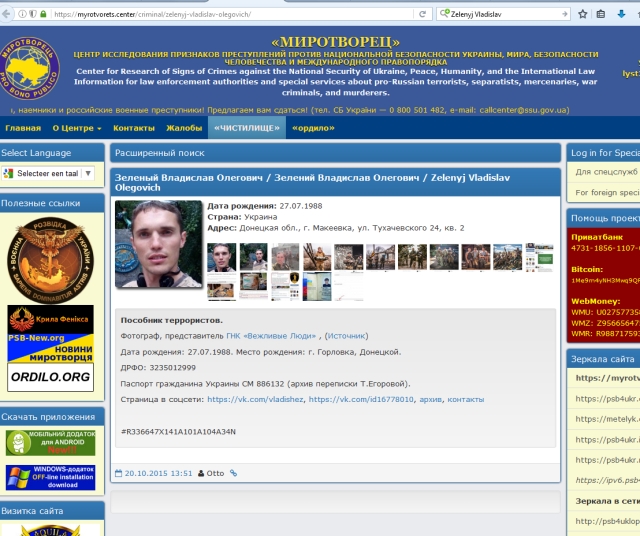
Snapshow of Mirotvorjets, this page shows the profile of Vladislav Zelenyj, foto of passport and adress included.
Katina gives a similar account when asked what might happen with soldiers or journalists if they reveal the identity. “Well I think SBU can take their parents or the wives and so on, you know they have all these inquiries.” She gives an example of what happened to a soldier some time ago: “We know already that such situations happened, when some soldier showed his face and the next day SBU guys came and they even took the families to the prison. So everything can happen, so people think about the safety of their relatives.”
While listening to the recording of the interview with Elena, one cannot help but notice how often we have asked her if she felt safe in Donetsk. But she keeps answering the same: she does feel safe to do her work here. She explains that she might receive comments, for example if she did not understood and reported something not completely correct. “But”, she says, “forbidding me to write something, that does not happen. I did not hear about such cases. Maybe it happened with other journalists, but personally, I did not hear about it.” It seems as if western prejudice of what is supposed to be happening in Donbass fades only slowly. “So you feel free to do your job?” we asked, as if checking that we did not hear something incorrectly, yet Elena again repeats herself: “In general, yes.”
* Another reason was that it was unclear whether Ukraine would choose to arrest me. As loyal readers know [link], I have visited Crimea the summer before by traveling there via Russia. The sentence for entering ‘Ukraine’s occupied territories’ illegally, could mount up to five years of jail time.
1 – De Volkskrant, 13 mei 2017, “Voor het karretje van de Russen”, by Bert Assink and Gerben van den Noorda.

